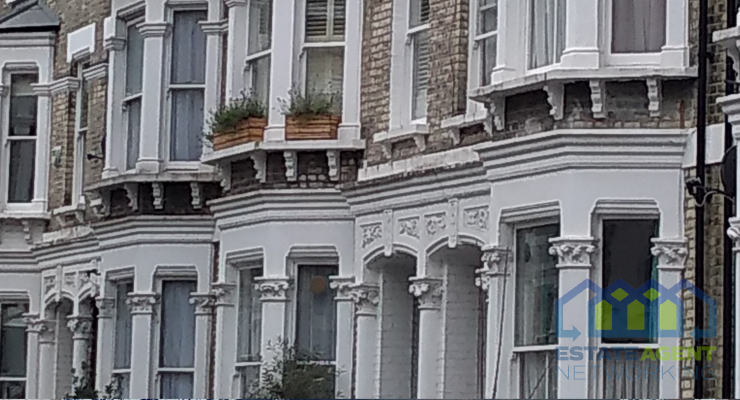How can I arrange a mortgage for shared ownership?
If you’re considering stepping onto the property ladder through shared ownership, one of the most crucial aspects to consider is arranging a mortgage. The process of securing a shared ownership mortgage may seem complex but seeking shared ownership mortgage advice particularly from professionals experienced in shared ownership, can make a significant difference in your home-buying journey.
Shared Ownership Mortgage Advice: Where to Begin
Assess Your Eligibility: Before you dive into the shared ownership mortgage process, it’s essential to confirm that you meet the eligibility criteria. This typically entails being a first-time purchaser, making an income that falls within a particular range, and not owning any other properties. Eligibility criteria may vary depending on your location and the housing association or developer, so always check with them.
Budget Planning: Determine your budget for purchasing a shared ownership property. This will include assessing your savings, as well as understanding the monthly mortgage and rent costs. Consider all additional expenses such as service charges and ground rent.
Seek Mortgage Advice: Finding the right mortgage for your shared ownership property is crucial. It’s advisable to consult a mortgage advisor who specialises in shared ownership. They can provide valuable advice and help you explore mortgage options tailored to your financial situation.
Mortgage Pre-Approval: Once you’ve identified a suitable mortgage lender and product, aim to secure a mortgage agreement in principle. This pre-approval helps you determine the maximum loan amount you can obtain and strengthens your position when making an offer on a shared ownership property.
Making a Shared Ownership Mortgage Decision
The following factors should be taken into account when choosing a mortgage for a shared ownership property:
Fixed or Variable Rate: Decide which mortgage best meets your needs. A fixed-rate mortgage provides stable monthly payments. A variable-rate mortgage may offer lower initial rates but may experience fluctuations over time.
Deposit: While shared ownership often requires a smaller deposit than traditional home purchases, you still need to provide a deposit, typically between 5% and 10%. Ensure you have these funds saved.
Mortgage Term: Determine the length of your mortgage term.
If you pick a longer mortgage term to make your monthly payments lower, remember that it could result in you paying more interest over time.
Interest Rates: Make sure to look at the different interest rates offered by mortgage lenders when you select one, and go for the one that suits your financial situation the most.
Specialist Shared Ownership Lenders: Some mortgage lenders specialise in shared ownership, so explore these options to find the most competitive rates and terms.
The Application Process
Applying for a shared ownership mortgage typically involves the following steps:
Mortgage Application: Submit a mortgage application to your chosen lender. This application will include details about your financial situation, employment history, and the shared ownership property you intend to purchase.
Credit Checks: Your lender will conduct credit checks to assess your creditworthiness. A good credit score is important to secure a mortgage.
Mortgage Valuation: The lender will arrange a mortgage valuation to determine the property’s value. This is not a comprehensive survey but is essential to establish the property’s worth.
Formal Mortgage Offer: If your application is accepted, you will receive an official mortgage proposal from the lender. Review this offer carefully to ensure it aligns with your requirements.
Legal Process: Work with a solicitor to handle the legal aspects of the property purchase. This includes reviewing contracts and conducting property searches.
Completion: Once all legal matters are resolved, and the necessary documentation is in place, you can complete the purchase of your shared ownership property. At this stage, you’ll pay your deposit, and your mortgage funds will be released.
After Securing Your Mortgage
Once your shared ownership mortgage is in place, there are several key considerations to keep in mind:
Monthly Mortgage Payments: Ensure that you make your mortgage payments on time to maintain your ownership share in the property.
Rent Payments: Apart from the mortgage, you’ll need to pay rent for the part of your home that belongs to the housing authority or developer.
Staircasing: As your financial situation improves, consider the option to staircase – buying additional shares of your property until you eventually own it outright.
Selling Your Share: If you decide to move or sell your share in the property, understand the process for doing so. The housing association or developer often has the first right of refusal, meaning they can find a buyer on your behalf.
Seek Expert Advice
Mortgage advisors and solicitors who specialise in shared ownership can provide the knowledge and support you need to navigate the process successfully.
In a nutshell, arranging a shared ownership mortgage is a significant step towards achieving homeownership. It’s crucial to seek advice from professionals well-versed in shared ownership to simplify the process. Remember to assess your eligibility, budget, and mortgage options meticulously.









